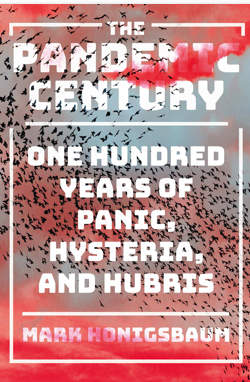The antibiotic crisis and its cascading impact is a well-characterized seemingly insoluble infectious disease problem. There is a large context of factors that impact antibiotic and exacerbate the problem which include: the ever present threat of evolved resistance and consequent antibiotic stewardship concerns, the low relative price of antibiotics (versus more lucrative pharmaceutical products), the outrage that accompanies any attempt to raise the price of an antimicrobial, the fact that one individual’s (or animal’s) use of an antibiotic can impact another individual’s future use, and the general societal undervaluing of infectious disease control, prevention, and treatment.
In recent years, one of the biggest legislative effort to incentivize antibiotic development has been The GAIN Act, which is “pull” incentive that provides an additional 5 years of market exclusivity for certain qualified infectious disease products (QIDPs) that is stacked upon other market exclusivity that may exist because of its novel chemical nature, its applicability to pediatric patients, or its niche in treating a rare (orphan) disease. Importantly this market exclusivity is not intellectual property based, but instead results from the FDA not allowing any generic versions to be marketed for that period of time. Other pull initiatives include special technology payments to hospitals that use certain “breakthrough” antibiotics that use them as well as proposals to reimburse hospitals higher for drug-resistant infections and to carve antibiotics out of bundled payments for hospitalization (removing the incentive to use cheaper antibiotics when more expensive and more effective ones may be indicated). There are also “push” initiatives that fund early development such as CARB-X.
Given this context, it is clear that there is a real problem to solve — one that is often blamed on markets. Gregory Salmieri — a philosopher and friend of mine dating back to when he was a graduate student at the University of Pittsburgh’s philosophy program — has recently published an innovative and creative solution in the George Mason University Law Review.
In his piece, Salmieri first presents the current situation in a very comprehensive manner addressing legislation and new proposed business models (such as decoupling/delinking revenues from sales volume). Next, he makes a convincing case that antibiotics suffer from a “tragedy of the commons” in which “a resource of immense value” is “being used myopically in a way that destroys existing stocks of the resource” with little “being done to find or develop new stocks of it.”
The proposal Salmieri advances is one premised upon enabling “creators of drugs to profitably exercise their rights over the drugs in a manner that preserves the drugs’ effectiveness over time—ideally into the indefinite future.” By tying patent life explicitly to resistance rates of target organisms to a predetermined threshold (e.g. remaining below 20%), a patent could exist in perpetuity (like a trademark). Such a mechanism incentives the judicious use of the antibiotic in order to preserve its profitability at higher patent-protected prices that could also reflect a premium placed on drugs-of-last resort, increasing return on investment over a longer term horizon.
Salmieri also addresses certain complications including cross resistance to drugs developing and issues related to how other countries steward antibiotics.
I think that this is an excellent paper to read — irrespective of whether you agree with the solution —because it offers a clearly reasoned solution that looks at this problem through a different lens and allows one to better conceptualize a problem that has been looming since the time of Alexander Fleming’s prescient warning. I hope it finds a large audience and sparks the debate it merits.





